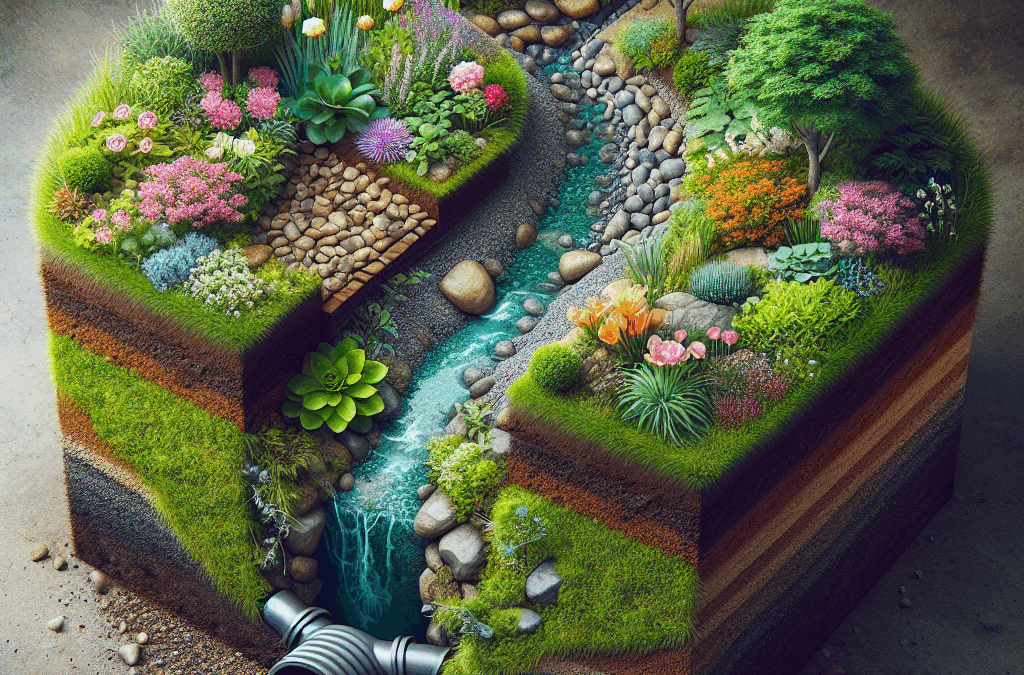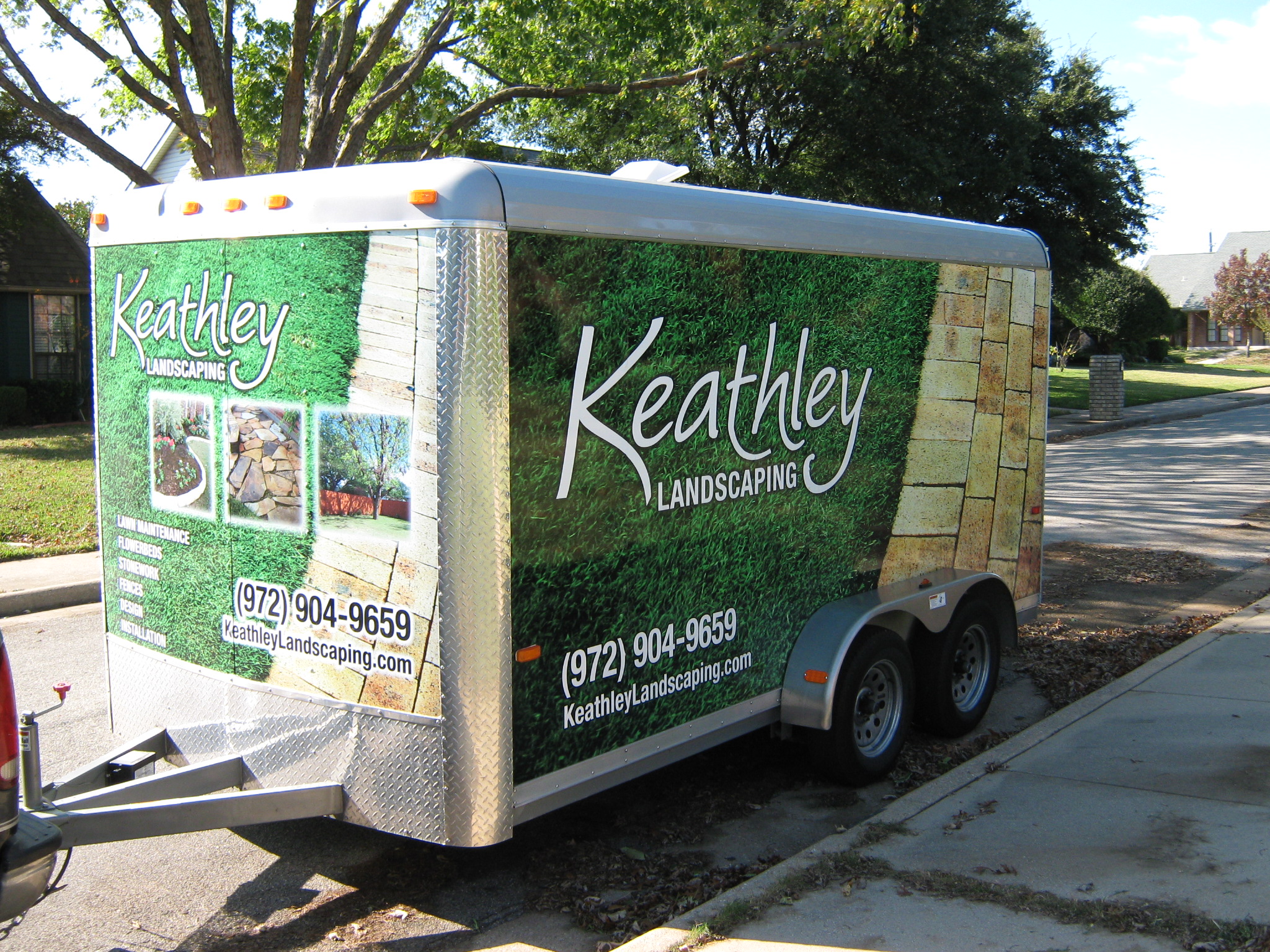French Drains: How to Incorporate into Existing Landscapes 🌧️🌿
French drains might sound fancy, but they are a practical and efficient solution for managing excess water in your yard. Whether you’re dealing with a soggy lawn or trying to prevent water from seeping into your basement, French drains can be a lifesaver. Let’s dive into how you can integrate these drainage systems into your existing landscape seamlessly!
Table of Contents
1. What is a French Drain?
2. Benefits of French Drains
3. Planning Your French Drain
4. Installation Tips and Tricks
5. Maintaining Your French Drain
6. FAQs
What is a French Drain? 🤔
A French drain is essentially a trench filled with gravel or rock, containing a perforated pipe that redirects surface and groundwater away from an area. It’s a simple yet effective way to prevent water-related problems in your landscape. Think of it as a hidden channel that carries water away from your property.
Benefits of French Drains 🌟
Installing a French drain comes with several advantages:
1. Prevents Water Accumulation: Say goodbye to puddles and waterlogged lawns. French drains efficiently channel water away from your property.
2. Protects Foundations: By redirecting water, these drains help prevent water from seeping into your home’s foundation, reducing the risk of damage.
3. Enhances Landscape Aesthetics: With water effectively managed, your plants and grass can thrive, enhancing the overall beauty of your yard.
Planning Your French Drain 🛠️
Before you start digging, a little planning goes a long way:
1. Identify Problem Areas: Walk around your yard after a rainstorm. Spot the places where water collects or flows.
2. Determine the Path: Plan a route for the drain that leads to a suitable drainage outlet like a street gutter, a dry well, or a natural slope.
3. Check Local Regulations: Ensure compliance with any local building codes or neighborhood regulations regarding drainage systems.
Installation Tips and Tricks 🛠️💡
Installing a French drain can be a DIY project if you’re up for it!
1. Dig a Trench: Aim for a trench that’s about 18 inches deep and 9-12 inches wide. The trench should slope away from your home at a rate of about 1 inch per 10 feet.
2. Layer with Gravel: Add a few inches of gravel at the bottom, then lay the perforated pipe on top. Ensure the holes in the pipe face downward.
3. Cover and Conceal: Cover the pipe with more gravel and then add a layer of landscaping fabric. Finally, top it off with soil and sod, blending it with your existing landscape.
Maintaining Your French Drain 🧹
Keep your French drain in top shape:
1. Regular Inspections: Check the outlets and ensure they are not blocked by debris or vegetation.
2. Clear Clogs: If water isn’t draining properly, a professional can use special equipment to clear any blockages.
3. Mind the Landscape: Avoid planting deep-rooted plants near the drain to prevent root intrusion.
Conclusion 🌈
Incorporating a French drain into your existing landscape can be a game-changer, protecting your property from water damage and enhancing its beauty. With a bit of planning and regular maintenance, you’ll enjoy a dry, beautiful yard for years to come.
FAQs 🤔
Q1: How deep should a French drain be?
A1: Generally, a French drain should be about 18 inches deep, but the depth can vary based on your specific drainage needs.
Q2: Can I install a French drain myself?
A2: Yes, with proper planning and the right tools, installing a French drain can be a DIY project. However, don’t hesitate to call in professionals if you’re unsure.
Q3: How long does a French drain last?
A3: With proper maintenance, a French drain can last up to 30 years or more, effectively managing water in your landscape.
Q4: Is a French drain visible in the yard?
A4: Once installed, a French drain is typically not visible, as it’s covered with soil and grass, blending seamlessly with your landscape.






































Recent Comments